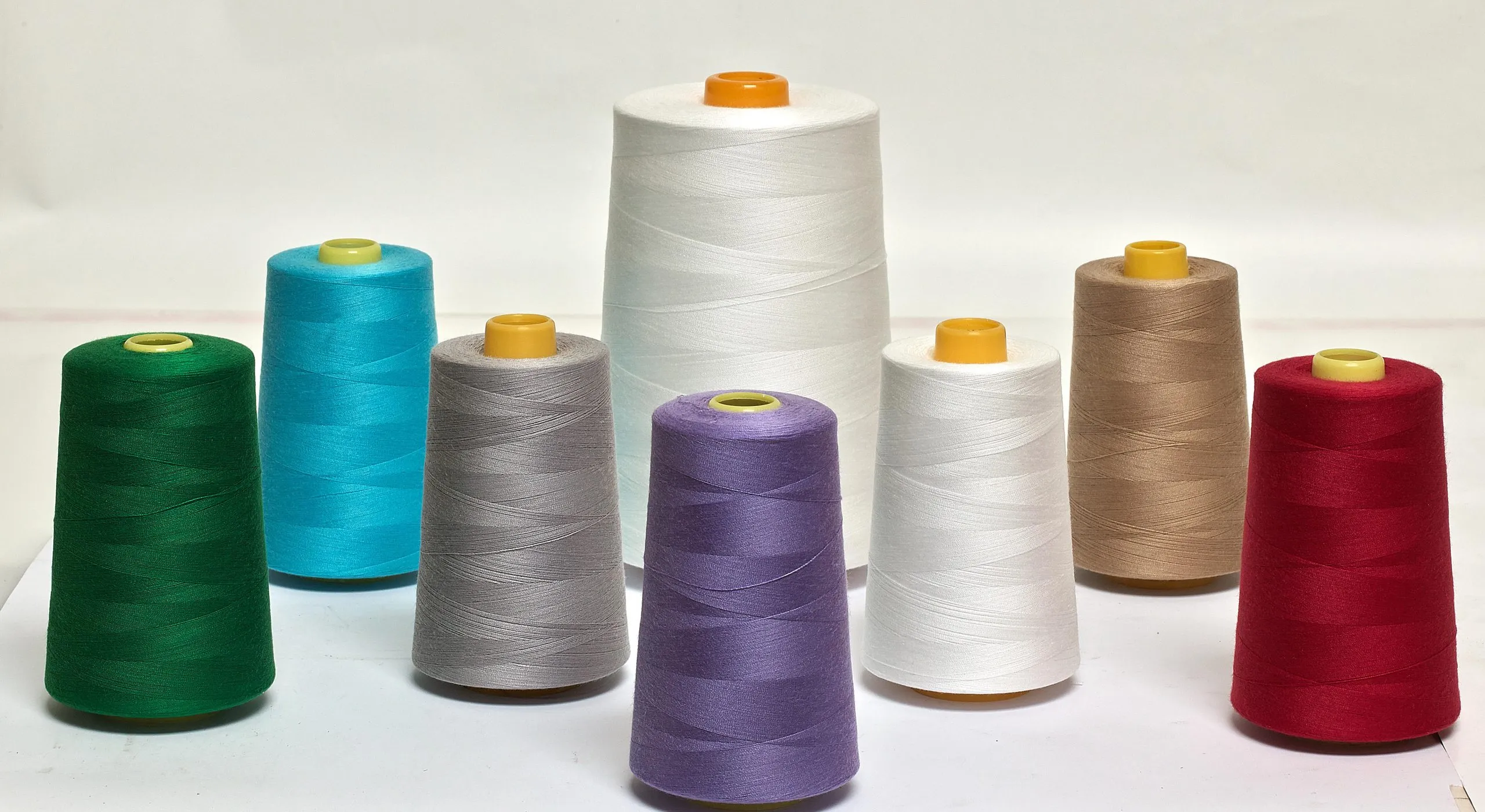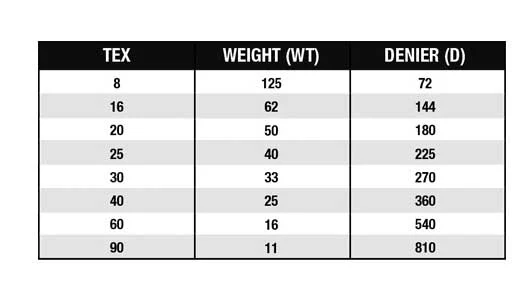
Quality control in the garment industry depends on more than just checking finished pieces; it relies on a clear system that helps everyone judge defects the same way. That system is built on three key categories critical, major, and minor defects. Each category shows how serious a problem is and how it affects safety, appearance, fit, and customer satisfaction. By understanding these categories, factories and buyers can make fair decisions, prevent misunderstandings, and keep production moving smoothly. This article explains what each defect category means, why it matters, and how it is used during garment inspections to protect both quality and trust.

Critical Defects Categories (AQL 0%)
Critical defects are the highest-risk issues in any garment shipment. These defects can cause injury, safety hazards, legal violations, or health problems. Because the consequences are so serious, brands apply a zero-tolerance rule.
Why Critical Defects Matter So Much
- They can injure customers (cuts, scratches, allergic reactions).
- They can cause choking risks in children’s clothes.
- They can break international safety laws (flammability, chemical content, fiber labeling laws, etc.).
- Retailers may face government penalties, product recalls, and expensive returns.
- Brands can lose trust and face lawsuits if unsafe items reach stores.
More Detailed Examples
Physical Safety Hazards
- Broken needle tips stuck in seams
- Sharp metal trims with unfiled edges
- Exposed wires inside heated clothing
- Loose beads or small parts on babywear that create choking risks
Chemical or Biological Risks
- Strong chemical smell from unfinished washing
- Excessive formaldehyde or banned azo dyes
- Mold on garments due to poor storage
Legal Violations
- Wrong fiber content label (e.g., polyester sold as cotton)
- Missing mandatory warnings on kidswear
- Flammability test failure (especially pajamas)
Real Production Scenario
- Metal Contamination in Kidswear: A shipment of baby bodysuits passes sewing but fails final inspection because one piece contains a needle fragment under the snap button. Even though only one piece is affected, the whole shipment fails, and 100% metal detection is required before reshipment.
- Flammability Failure: A children’s pajama set fails the flammability test because the fabric burns too quickly. This creates a legal violation in the U.S. market. The entire order must be put on hold, and the fabric supplier must run a new test. The factory loses a full week of production.
- Incorrect Fiber Label for Export: The garment tag says “100% Cotton,” but lab testing finds 20% polyester. Customs blocks the shipment in the EU for false fiber labeling. The order must be re-labeled, repacked, lab-tested, and re-submitted.
- Mold Due to Warehouse Humidity: A batch of jackets stored in a damp warehouse develops mold spots. Even small mold spots are considered critical. The entire order is rejected until the factory sanitizes the warehouse, cleans goods, and passes mold testing.
Major Defects (AQL 2.5%)
Major defects affect the garment’s function, appearance, fit, durability, or customer satisfaction. These defects will not harm the wearer, but they make the product un-sellable or likely to be returned.
Why Major Defects Are Important
- They reduce sell-through rate, meaning stores struggle to sell the item.
- They increase returns and refunds, hurting the brand.
- Customers may lose trust if they see poorly finished items.
- The retailer wastes time sorting, repacking, and marking down prices.
More Detailed Examples
Functional Issues
- Zipper that breaks or separates during pull
- Sewing skipped stitches causing seams to open
- Buttons that fall off with light pressure
Fit Issues
- Chest or waist out of tolerance by more than the brand standard
- Sleeve length mismatched between left and right
- Trouser legs uneven by a noticeable amount
Appearance Issues
- Large visible stains
- Wrong shade between front and back panels
- Off-center heat-transfer logos
- Distorted screen prints
Construction Issues
- Wrong pocket placement
- Misaligned stripes or check patterns
- Twisted side seams or twisted legs
Real Production Scenario
- Pocket Misplacement on Jeans: A buyer orders 10,000 hoodies. During inspection, 15 of the 125 sample pieces have large oil stains from sewing machines. Because this number exceeds the Accept limit, the shipment fails and must be fully rechecked and re-cleaned.
- Broken Zippers on Hoodies: A shipment of winter hoodies is ready for packing. QC notices several zippers separating when pulled. These are major functional defects. Even though only 10% of the sample has this problem, the entire order must be sent back to repair the zippers.
- Shade Variation Between Panels: On polo shirts, the collar fabric doesn’t match the body shade because the fabric rolls came from two dye lots. Customers can see the difference clearly under store lighting, so the shipment fails the AQL level for major defects.
- Wrong Measurement for Shoulder Width: A buyer specifies a tolerance of ±1 cm. During inspection, 6 out of 80 samples exceed the tolerance by 2.5 cm. The fit looks sloppy. The factory must re-measure all garments and correct pieces before repacking.
-
Large Oil Stains from Machines: Oil drips from a sewing machine and stains garments during sewing. Several units in the sample show large visible oil marks. The buyer rejects the lot and asks the factory to deep-clean the sewing line.
Minor Defects (AQL 4.0%)
Minor defects are small visual issues that do not affect how the garment is worn. They may be noticeable only when inspected closely. Customers usually do not return items because of these defects.
Why Minor Defects Are Accepted
- Perfect zero-defect production is impossible in mass manufacturing.
- Fixing every small detail slows down production and increases costs.
- Minor issues do not reduce wearability or comfort.
- The goal is to balance quality with efficiency.
More Detailed Examples
Small Appearance Issues
- Slight wrinkles from packing
- Small dust marks removable by wash
- Tiny printing misplacement only visible up close
Small Sewing Issues
- Slightly uneven stitching within tolerance
- Tiny skipped stitches under 3mm
- Visible but trim-able loose threads
Fabric Issues
- Light fabric pilling under tolerance
- Micro snag smaller than a dot
- Slight sheen variation in woven fabric
Real Production Scenario
- Loose Threads on T-Shirts: During packing inspection, QC finds loose threads on several T-shirts. The threads can be trimmed easily, do not affect function, and are counted as minor defects. The lot still passes AQL after trimming.
- Slight Print Misalignment: A printed graphic is shifted by about 2–3 mm. It is visible only if inspected up close. Since the shift stays within tolerance, it is marked as a minor visual defect. The buyer accepts the shipment.
- Small Wrinkles From Packing: A batch of cotton dresses shows light wrinkling after being boxed for several days. These wrinkles disappear with ironing or steaming and do not affect wearability. They are minor and acceptable.
- Light Dust or Fabric Lint: Some garments show small dust marks from warehouse handling. They can be removed with light cleaning. QC logs these as minor defects and allows the shipment to pass.
- Tiny Fabric Snag: A tiny snag smaller than the size of a grain of rice is found on the side seam of a knit garment. It does not affect strength or appearance when worn. It is counted as a minor defect.
Final Words / Conclusion
Understanding defect categories is one of the most important parts of garment quality control. By dividing issues into critical, major, and minor levels, factories and buyers can judge quality in a fair, objective, and consistent way. This system helps everyone know which problems must be fixed right away and which ones can be accepted without affecting performance.
Critical defects protect safety. Major defects protect fit and appearance. Minor defects protect production flow without slowing the line for small issues. When these categories are used correctly, they reduce disputes, prevent rework, and keep quality stable across every order. Whether you are a buyer, manufacturer, or inspector, a clear defect classification system is the key to reliable quality. It guides decisions during in-line checks, end-line checks, and final inspections, and it supports smoother production from start to finish.


